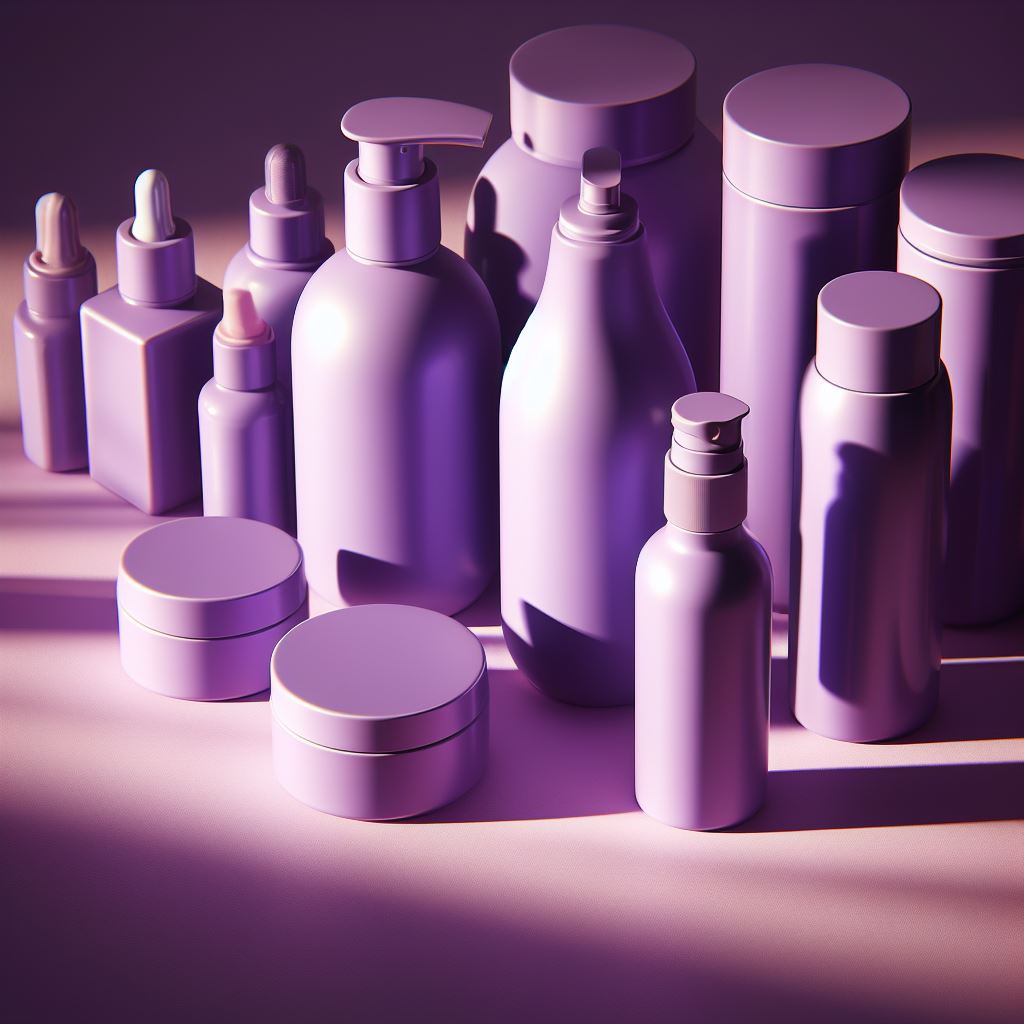The Lamen
How many skincare products do you really need?

If you’re wondering how many skincare products you actually need, this guide outlines the basics you need to consider.
Photo: Bing AI
What is all the cleansing, scrubbing, and moisturizing doing for your skin — besides taking an extensive chunk out of your wallet, that is. Skincare doesn’t come cheap anymore, but dermatologists pontificate it to be more important than ever.
In this article
Even for the body’s largest organ, there’s only so much surface area. And even if bathing in moisturizers seems oddly thrilling, most experts recommend keeping things simple, and budget-friendly.
While there’s no universally accepted “perfect” skincare routine, there’s the bare minimum that everyone should do: gentle cleansing, moisturizing, and wearing sunscreen. Beyond that, it’s trial and error: Here’s how you figure out what’s best for you.
1. Wash your face, but don’t overdo it.
This one’s obvious: cleaning your skin removes the dirt, excess oil, dead skin cells, and makeup that accumulates throughout the day. What matters is how often you wash your face, and how you do it.
- Cleanse your face at least once a day — typically in the evening to remove all the grime your skin has built up throughout the day.
- Most people should wash their face twice a day. However, you might want to skip cleansing in the morning if you have dry or sensitive skin.
- If you’re wearing makeup, you should first use a cleansing balm or oil for makeup removal, followed by your regular cleanser.
Picking the right kind of facial cleanser is also important — a moisturizing, oil-based cleanser for dry skin, a foaming or gentle cleanser for oily skin, and a gentle cleanser for sensitive skin.
People with acne might require a more personalized approach, but a gentle cleanser with salicylic acid should generally do the trick.
2. Moisturize.
The skin moisturizes itself with a light layer of oil — called sebum — that helps seal in moisture and keeps it from drying. However, washing your skin strips away these oils, and that’s where a moisturizer comes in.
Choosing a moisturizer depends on your skin type and not the perfume that most people look into.
- For oily skin, pick an oil-free moisturizer — typically coming with a “lightweight” label.
- If you have dry skin, a thin lotion-like moisturizer won’t cut it. Instead, get a creamier, hydrating product that bears the “for dry skin” label.
- Sensitive skin can be triggered by a number of components. Therefore, you should choose a moisturizer free of fragrances, alcohols, sulfates, and preservatives.
- People with acne-prone skin should look for a moisturizer that doesn’t clog pores, cause irritation, or make your skin feel greasy. These typically come with the “non-comedogenic” label
You should moisturize every time you wash your face or take a bath. If your skin feels, dry, tight, flaky, or irritated, it’s time to reapply.
3. Sun protection (sunscreen).
Everyone should wear sunscreen every day — even on cloudy days or during the winter.
Sun exposure damages your skin, increases melanin production, increases the risk of skin cancer, and accelerates skin aging. Wearing a sunscreen protects you from all that.
When choosing a sunscreen, look for:
- Broad spectrum, which protects your skin from both UVA and UVB rays.
- SPF 15: Ideal for occasional, short-term exposure to the sun. Many moisturizers are SPF 15.
- SPF 30 or higher: Necessary if outdoors for extended periods.
- Water resistance: Required when swimming or doing some intense activity that leads to extensive sweating.
Sunscreens typically come in two types: one that forms a physical barrier against harmful rays and the other that absorbs UV rays before they can damage the skin. Each is known to work well, but you can switch between the two depending on what suits your skin better.
It is best to apply sunscreen 30 minutes before going under the sun. Reapply every two hours if you are under the sun, or immediately after swimming of extensive sweating — since no sunscreen is waterproof.
Beyond the basics.
There are a lot of additional products to choose from, including toners, serums, eye creams, exfoliants, and face masks. However, things quickly reach the point of diminishing returns as you add products.
- A telltale sign that you’re doing too much to your skin is acne breakouts, rashes, or hives.
- Spot treatments for acne are something that can be added to your nighttime routine. Another is the application of eye creams — specifically designed for the sensitive skin around your eyes.
- You can also use a gentle exfoliant once a week. Some dermatologists also recommend occasional facial massages to relax your skin and stimulate blood flow.
Many of the things these products want to achieve, the skin does on its own: it heals, hydrates, and exfoliates. Therefore, add more products only if you need to.